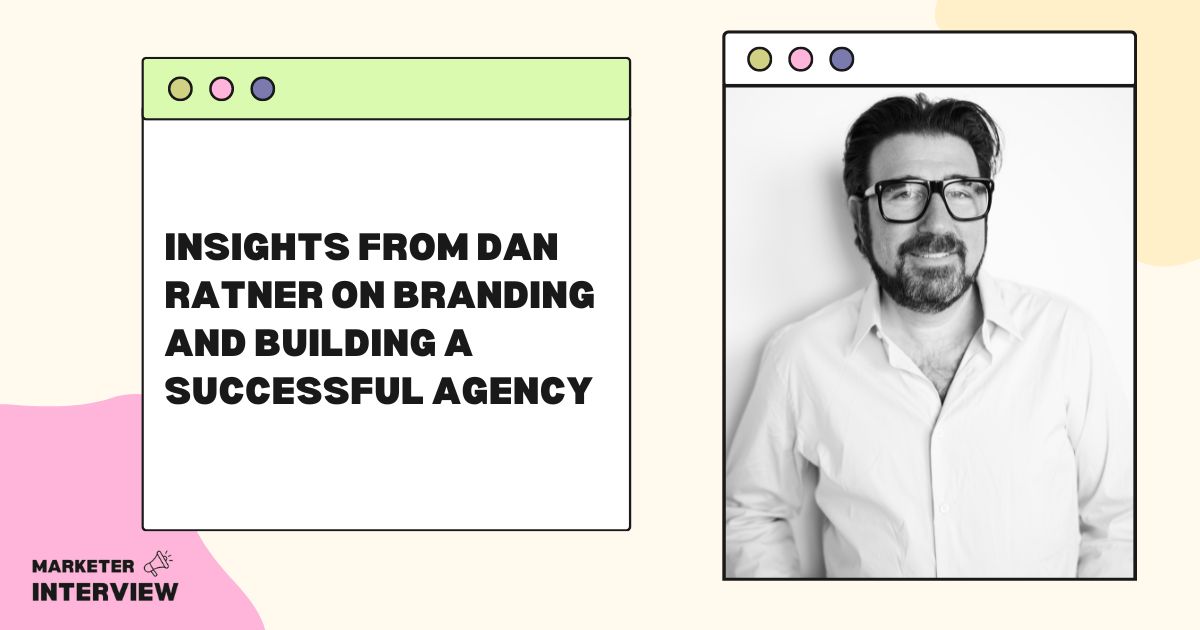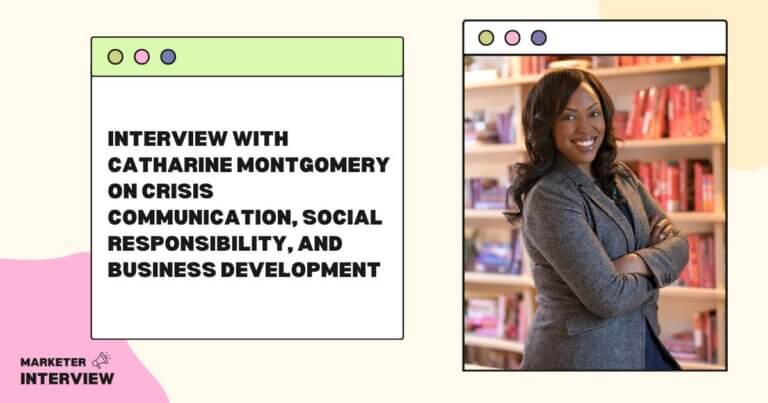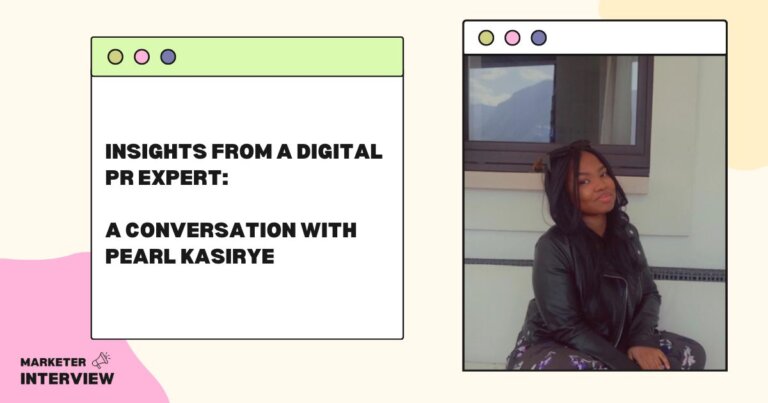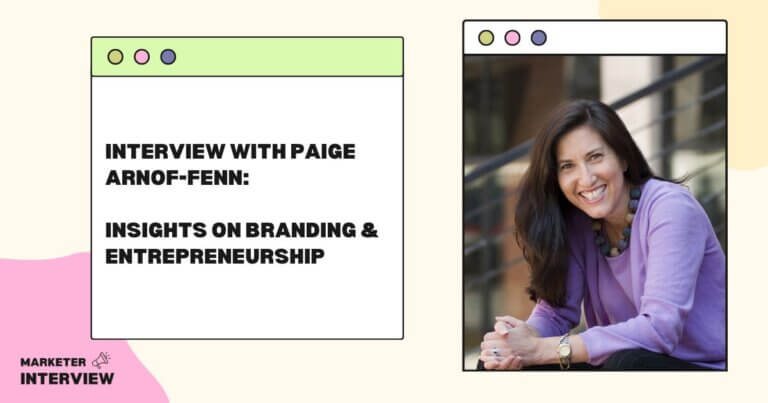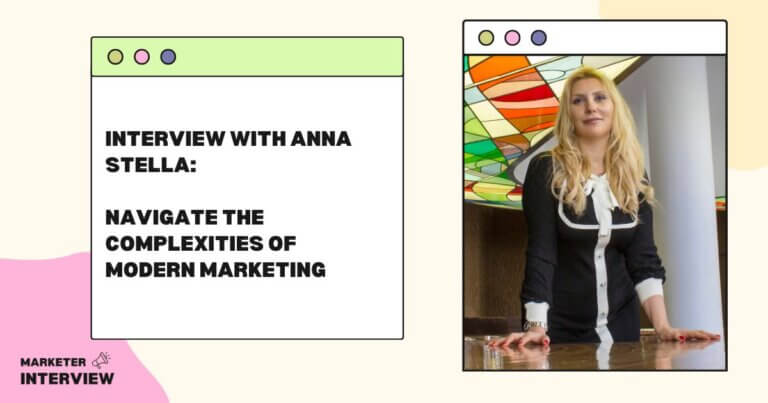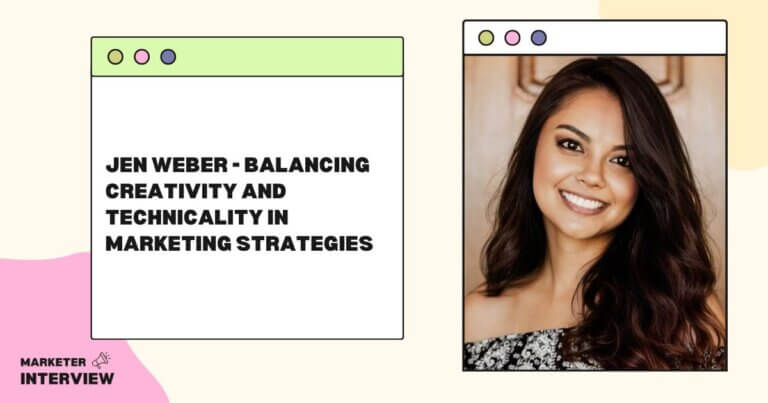Insights from Dan Ratner on Branding and Building a Successful Agency
In branding, creating a seamless connection between strategic thinking and creative execution is essential for delivering impactful outcomes.
Dan Ratner, the founder and managing director of uberbrand, a renowned branding agency, has spent years refining this approach.
With a background in industrial design and a passion for understanding human behavior, Ratner has paved his way from creative roles to market research and strategy.
In this exclusive interview, Ratner shares his journey in the branding industry, the inspiration behind starting his agency, the challenges he has overcome, and his perspective on the interplay between strategy and creativity.
He also dives into defining a brand, measuring campaign success, and the role of technology in branding, and offers valuable advice for aspiring marketers and branding professionals seeking to leave their mark on the industry.
Join us as we gain insights from a visionary leader who has mastered the art of aligning strategy, execution, and growth in the ever-evolving world of branding.
Contents
- 1 Please tell us about your background and how you got started in the branding industry.
- 2 What inspired you to start your branding agency?
- 3 What are some of your biggest challenges as a managing director?
- 4 How do you approach the process of defining a brand?
- 5 Can you give us an example of a brand you’ve worked on and how you helped them define their brand identity?
- 6 How do you balance the creative side of branding with the strategic side?
- 7 How do you measure the success of a branding campaign?
- 8 What role do you see technology playing in the future of branding?
- 9 Can you walk us through your typical workday and what tools and software you rely on to do your job effectively?
- 10 Lastly, what advice do you have for aspiring marketers and branding professionals looking to impact the industry?
Please tell us about your background and how you got started in the branding industry.
I started in branding after studying industrial design in the ’90s and being fascinated by the way humans interacted with objects.
That evolved towards looking at human behavior and insight to drive outcomes more broadly, shifting him into communications. I applied this as a creative but found myself asking “why,” which led to market research and ultimately into strategy.
Common throughout for me was seeing a disconnect between the strategy developed and what was executed and communicated in-market, which drove me to the creation of uberbrand.
What inspired you to start your branding agency?
The idea around uberbrand was aligning and deeply integrating strategic thought and critical insight with execution, so we’ve developed processes to connect strategic thinking to tangible outcomes like creating brand identities, big ideas, advertising campaigns, and communications.
My role covers the designing process, ideating, directing, refining, and interrogating. It takes the form of thinking, preparing, reviewing, presenting, and facilitating.
More than 10 years after founding uberbrand, I am much more conscious of using my experience to see my people grow. I’m enjoying watching them build their careers from my strategy-led philosophy.
What are some of your biggest challenges as a managing director?
The challenges I have faced include:
1/ Aligning our pipeline of work and timing to meet capacity:
We don’t want to overwhelm our team, over-promise, or under-deliver. But, in market environments like these, staying true to what you’re great at and remaining myopic on the quality of work and outcomes is essential.
2/ Balance upward pressure on costs with downward pressure on revenue.
Keeping an eye on this ensures we deliver quality while the business remains profitable.
We solve these challenges by knowing what we’re good at and sticking to our knitting.
Consequently, at uberbrand, this year we’re about focusing on our excellence – brand advisory and definition – driven with a simple mantra; ‘great work leads to great relationships.’
How do you approach the process of defining a brand?
Brand research:
We begin our work by discerning how people think of you, using this as the basis for our brand strategy – how we want them to think about you.
It takes diving into your audiences, markets, and competitive landscape through various market research techniques and methodologies.
Brand strategy:
The role of brand strategy and planning is to translate business objectives into actionable communicable outcomes.
Our brand models help define that singular idea of who and what you are. We can then use this essence to drive what you look like, what you say, and what you do.
Brand architecture and brand portfolio:
By working closely with our clients, we make sense of their brands from the product and service level to the group level.
In mergers or acquisitions, we help our clients understand how these additions affect their business, creating pathways for integrating newly acquired brands.
We work with you to understand your audience, who you are, and your offer to customers within the context of your objectives. This forms the basis of a strong value proposition that can help you reach your audiences and achieve your goals.
From this point of departure, we formulate vital messages that communicate your brand to your audience most effectively.
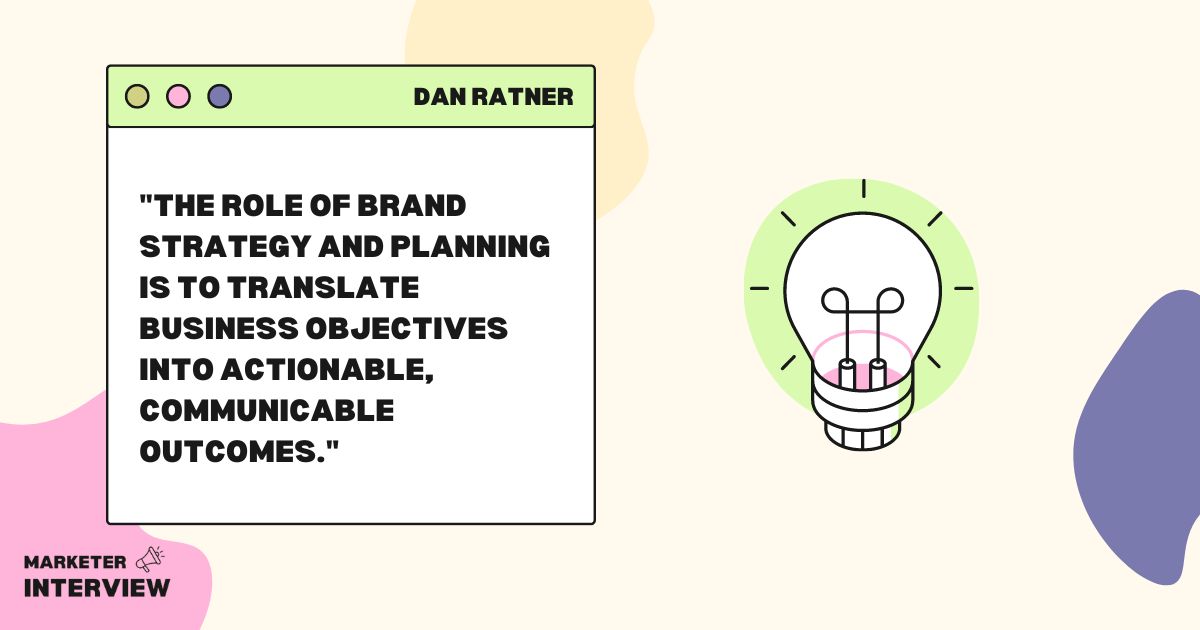
Our naming approach rationalizes the selection process by minimizing subjectivity. Inspired by brand strategy, we arrive at a moniker that provides the best platform for meaning, is unique, ownable, and creates cut-through.
As a parallel or separate service, we develop taglines for clients that encapsulate their brand in one short, punchy statement.
A brand identity is constructed from a set of parts. It includes brand devices, photographic styles, imagery, iconography, and typography.
We apply a brand-led philosophy to logo and visual identity development, providing clients with various options that reflect the brand’s purpose and essence.
Anchored by strategy, we thoughtfully design and combine these elements into visual identity systems that are tested, effective, and applicable across all brand touchpoints.
Brand guidelines document and define how each aspect of a brand should be expressed. They outline how the brand will be presented to each audience across touchpoints.
We develop brand guidelines so that the elements used to represent the brand can be managed consistently and precisely.
Branded templates and rollout:
As the creators of your brand’s visual identity, our design team is in the best position to apply it across all communications touch points, including collateral, websites, advertising, interiors, and signage.
As part of this service, we can also manage and implement brands across all touchpoints – from developing the requirements to organizing and delivering assets on time and within budget.
Can you give us an example of a brand you’ve worked on and how you helped them define their brand identity?
We worked with Aussie fintech MoneyMe to refresh its brand, understand emerging consumer attitudes in this space, and position the brand to meet these attitudes to expand at the scale it wanted to.
We implemented a new logo featuring the full brand name in bold and capitalized text and a color palette of bright lime green and dark green, which hadn’t been used in MoneyMe’s category.
We then established this new identity through a campaign consisting of out-of-home, radio, TV, and owned channels.
How do you balance the creative side of branding with the strategic side?
I saw a time when clients truly valued a strategic approach. That’s why we put strategy at the center and drive creative development.
Having a solid strategic rationale is what links communications objectives to creative platforms. It’s how you end up with beautiful designs, clever taglines, and big ideas. But, to get there, you must take an approach to leveraging brands to drive communications.
When I started uberbrand, I knew the industry was on the cusp of change. So it’s good to see it emphasizing a more integrated approach.
Even management consultancies like Accenture, PriceWaterhouseCoopers (PwC), and Deloitte were making inroads into the communications industry. PwC’s appointment of Russel Howcroft and Accenture’s recent acquisition of the Monkeys (and Maud) all help to validate our approach.
We don’t have departments. It’s about strategic people being creative and creative people being strategic. With this in mind, we formulated a model that works and designed uberbrand around the approach.
Working this way keeps the client focused, with their objectives clear in the process, setting a framework that ensures strategy doesn’t get lost in the creative.
How do you measure the success of a branding campaign?
Arguably, brand success often isn’t about individual products or services. Instead, it is about customers’ perceptions of an organization.
To build long-term relationships, marketers should understand how their organization is perceived and tap into customers’ lifestyle preferences by demonstrating how their brand values relate. Once positive impressions are left, customers will likely keep returning.
Brands looking for successful campaigns should think about the mindsets of their customers. First, consider their demographics and sociographic, including their jobs, lifestyles, political attitudes, and other characteristics. Then think about how communications and marketing can best reflect these.
What role do you see technology playing in the future of branding?
Technology has always been in the background of the industry.
They said programmatic technology would take over branding – these days, they’re saying the same thing about AI.
While working in brand design, I was estranged from my ability to keep up with technology. The focus wasn’t on creativity or strategy. It was about your ability to work with tech.
I prefer to step up beyond that and think strategically. Tech might improve your creative or strategic process, but it’s only a tool.
When they brought in desktop publishing, what did it do? It changed graphic design somehow, but it was still the same.
New tools augment or supplement our ability to do other things. When your brain’s free to think about higher-level ideas, it will make creativity faster, better, or smarter.
Technology is not and should never be a replacement for creativity.
I stay up-to-date with technology through voracious reading, discussion, seeing what’s happening in other industries, and general experimentation and play.
But my most essential tech guides would have to be my three children.
Can you walk us through your typical workday and what tools and software you rely on to do your job effectively?
I wake up early, and I love to brew coffee. I grind my coffee beans. It’s a ritual, a moment to take some time to think and read quietly. After that, I walk to relax and clear my mind. Then I’m ready to begin my workday.
While every day is different, interaction is essential, so I make time available for people by providing input or sharing guidance wherever I can add value.
Outside of that, these days, it’s important I spend time with my family. Previously when uberbrand was a lot younger, I’d find myself working long days, often with no break, but now I value the time I spend with family.
So, I try to get home to be present, and recently I’ve discovered cooking, and I love that look of appreciation from my kids when I serve up a good meal.
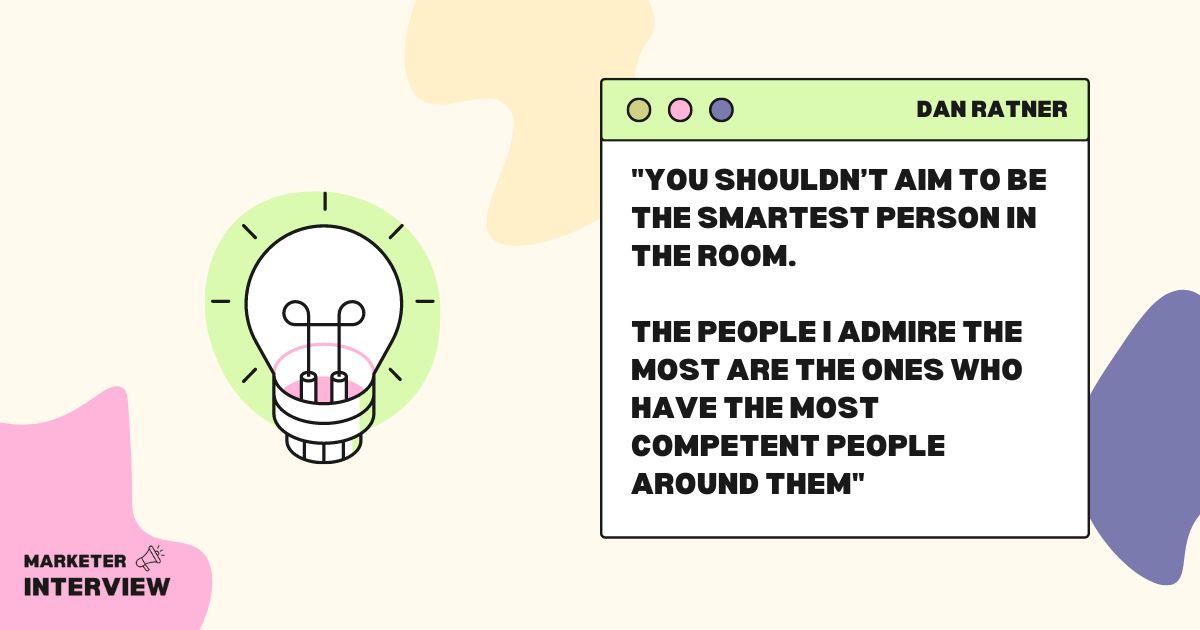
Lastly, what advice do you have for aspiring marketers and branding professionals looking to impact the industry?
You shouldn’t aim to be the smartest person in the room.
The people I admire the most are the ones who have the most competent people around them.
We all thrive in different ways.
For aspiring branding professionals and young people, it’s difficult to understand who you are, but it’s essential to experiment and find out.
We all have flaws, but sometimes those flaws are strengths – and vice-versa.
